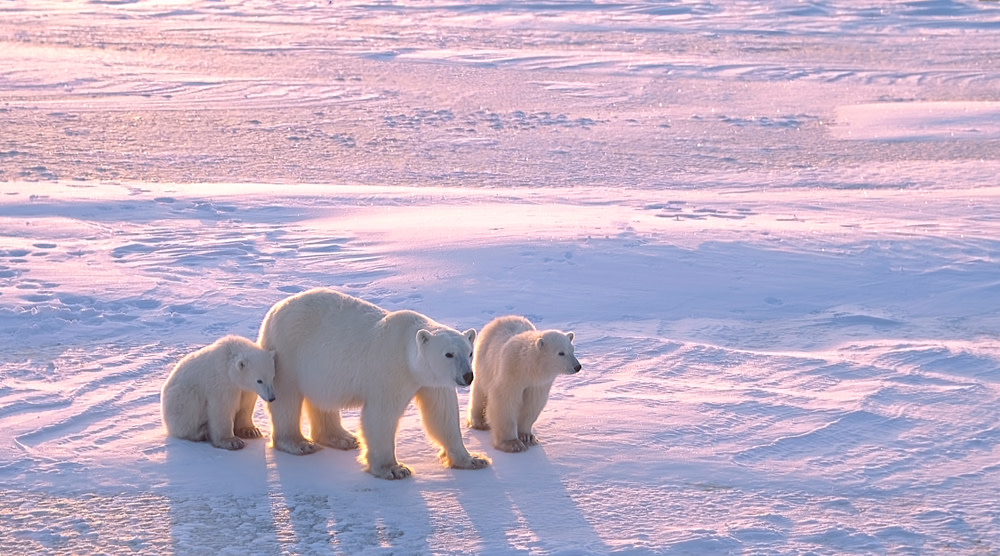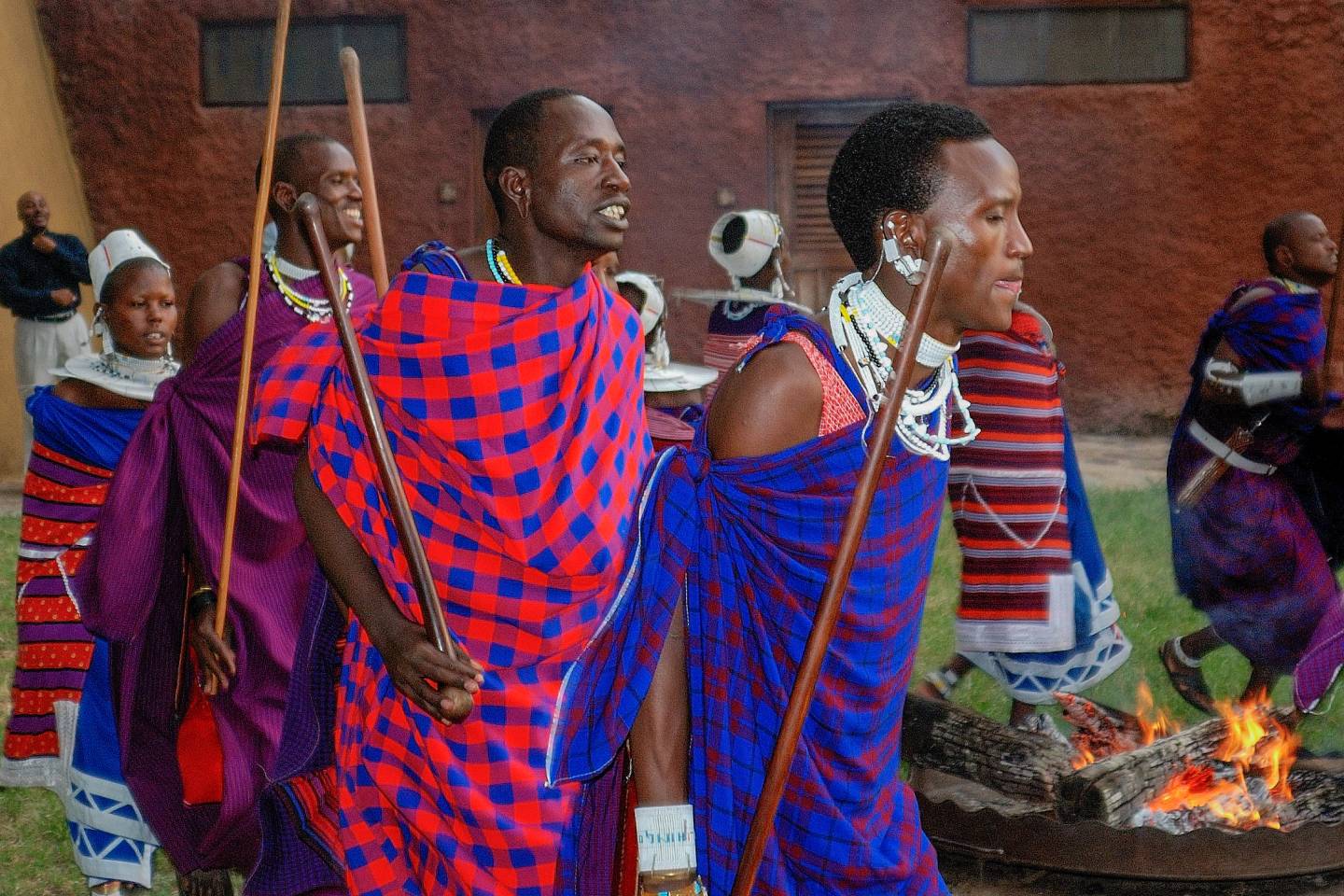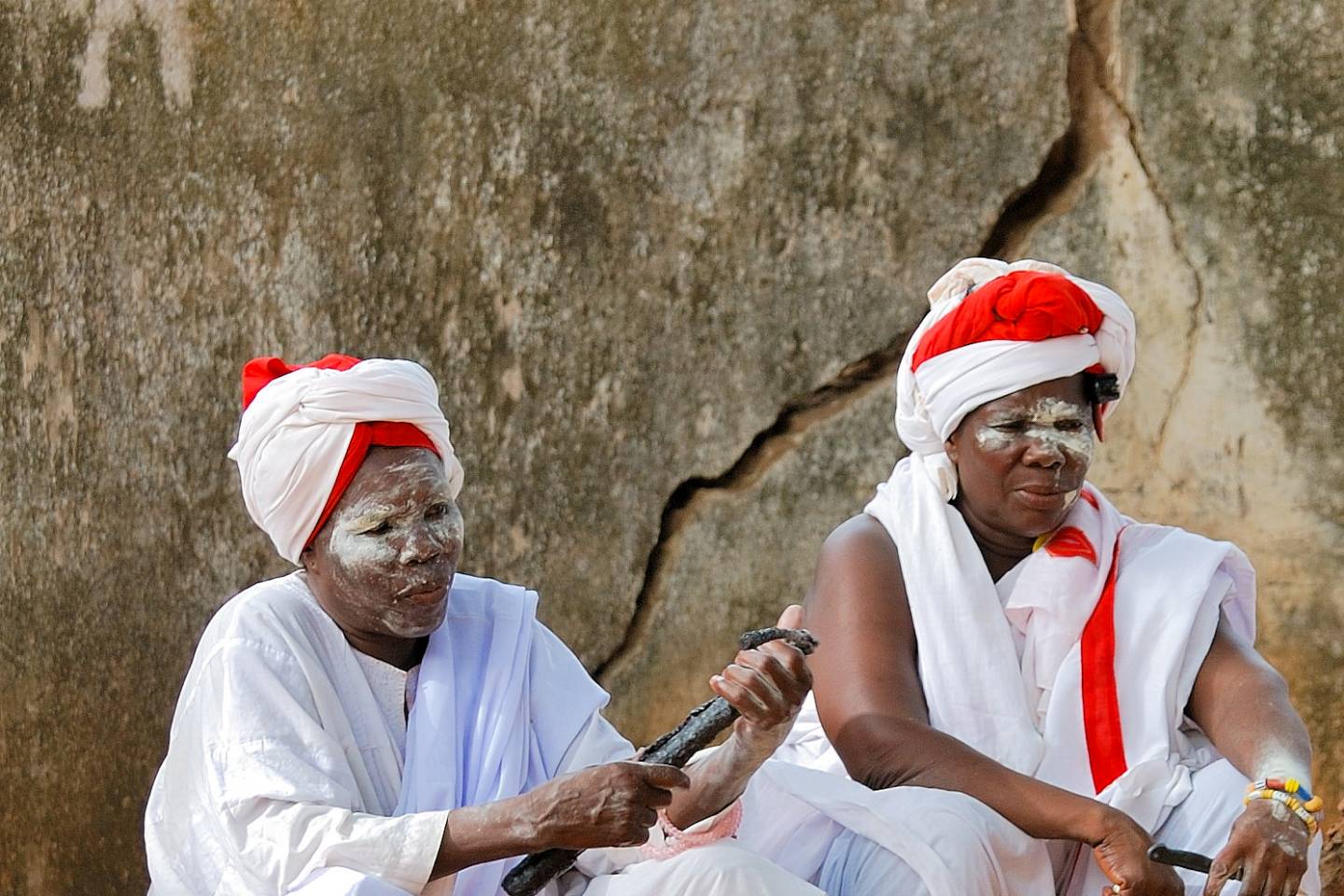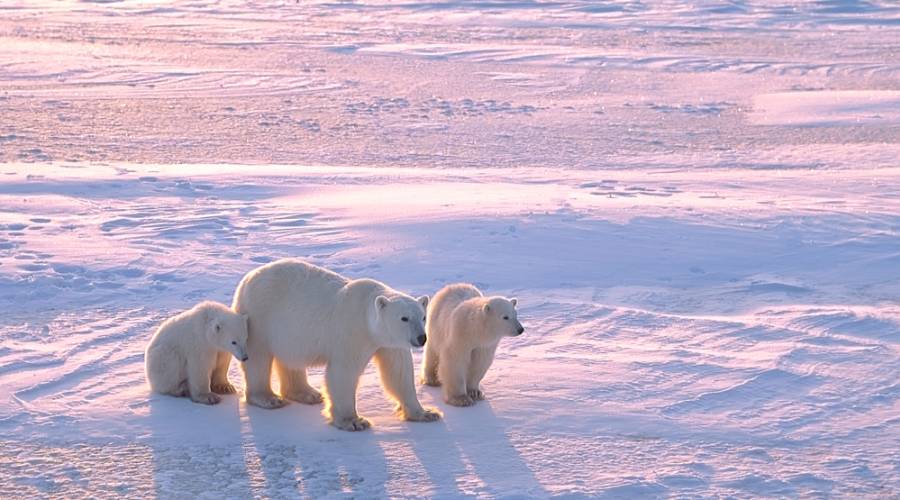
Meet Globetrotter and Travel Photographer Dave Clark
When Dave Clark retired in 2005, he and his wife, Sherri, decided that now was the time in their lives to travel. To date, they’ve been to more than 50 countries on all seven continents—many of them on our luxury jet expeditions.
Dave and his wife are also avid wildlife and travel photographers, who have captured stunning images of everything from polar bears 700 miles from the North Pole and monks in the remote Himalayan kingdom of Bhutan to the Stalinist architecture of the Moscow Metro.
We asked Dave to share some of his most memorable experiences on TCS World Travel trips and what motivates him to explore the world.

What were the highlights of your first around-the-world trip?
The thing I remember the best was Easter Island—it was interesting to see the remains of a civilization that just disappeared. It was also our first trip to India. We were in Agra and it was an assault on the senses; we resolved to come back. In Papua New Guinea, we met a Huli elder who was 7 years old when Australian prospectors became the first outsiders ever to visit their valley. The Huli thought they were ghosts because they were white-skinned and had “magic devices.”
Why did you decide to travel with us again?
TCS travel is stress-less, but not effortless. Someone else worries about the bags, filling out landing cards and all the logistics that eat so much time when traveling. The traveler can concentrate on experiencing the place knowing someone else is worried about dinner reservations, buying stamps and changing money.
You cover a lot of ground. TCS provides access to places and activities that aren’t possible with a small group or traveling by yourself. You get to go to some places that are just plain hard to go to. TCS trips will amaze you with performances at almost every stop. From Mongolian throat singers to an a cappella group in Corsica in a 13th-century church with amazing acoustics to a Cabaret show in Minsk and Masai dancers in the Serengeti, the performances showcase local culture and are always fun.
What are some memorable moments from your TCS trips?
We went to a voodoo church service in Togo. We learned that there are 2.5 million followers of the religion there. There was a constant drumming and at one point members of the congregation became “possessed by a spirit.” The priestesses helped them as they staggered, danced and took on the personality of the spirit. We have a pair of real voodoo dolls from that experience, but they have nothing to do with pins and revenge.
We also visited the Himba people in northern Namibia, a really remote area near the Angola border. They are the last truly nomadic people of Africa, and it was really different to see the life they lead. You swear that no one can live in that desert, and, yet, they have survived there for centuries.
Tell us about your other favorite travel experiences.
We loved the people of Myanmar. When we visited, they were feeling free to talk about the military government and their hopes for a peaceful transition to a democratic government. One of the boatman had volunteered to take us to his house. His wife and sister were both teachers, and we spent a couple of hours talking about what it was like to live in Myanmar and learned a lot of about how things work there.
The entire Balkan Peninsula has a strange, often tragic history. Seeing the bombed out ministry buildings in downtown Belgrade, we wondered why they are still there, but the guide said, “It’s very complicated,” or “I can’t talk about that.” They were definitely carrying a burden. Asking similar questions in Croatia, we got a completely different spin. In Kosovo, we got yet another version. We learned firsthand that today’s politics are rooted in history, including the fall of Rome, the split of the Catholic Church and the 400-year occupation by the Ottoman Empire.
How did you get interested in travel photography?
I’ve always taken pictures, but when I retired, I said, “OK, I need an excuse to travel.” Photography made a good excuse. Travel photography is challenging. You get to do landscapes, food, portraits, wildlife, action—it’s a little bit of everything in all kinds of conditions. The practical thing about having a camera is that it forces you to really look at what is in front of you. In Myanmar and other places with a language barrier, all you do is point at your camera and smile, and people almost always smile back and nod yes.
Why do you think travel is so important?
I think it gives a person perspective. We see animals that may become extinct in our lifetime. We meet people, who, through accidents of geography and history, live a totally different life. They’re just like us with the same sensitivities, aspirations and feelings, but their lives play out with different opportunities and constraints. Understanding their points of view gives us another perspective on this world we all share.








